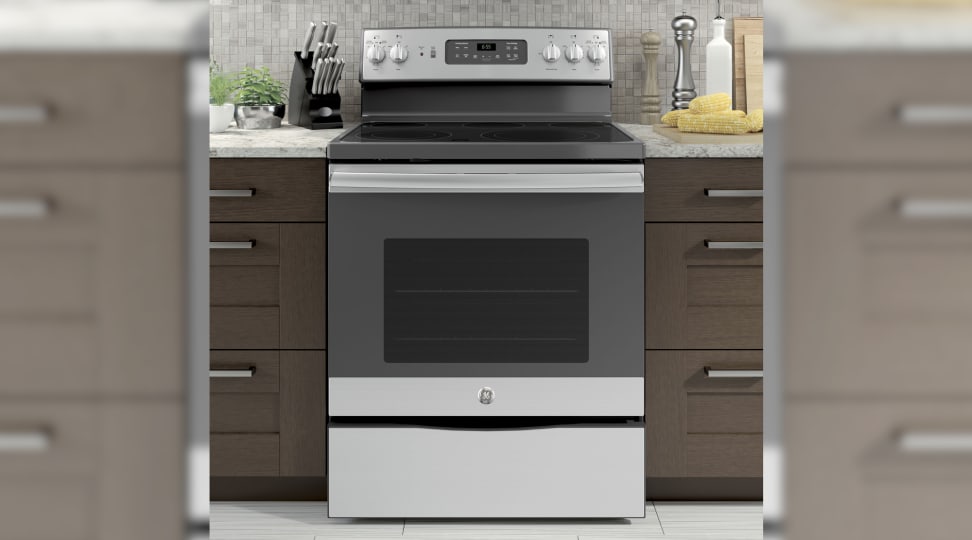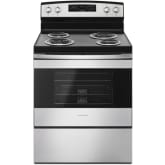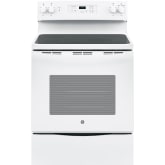For some, spending thousands of dollars on a range just doesn't make any sense. If you aren't a professional chef, you probably don't need any of the fancy cooking features that lift prices to eye-watering levels. Perhaps you simply prefer a cheap stove that can reliably get dinner on the table. Luckily, there are plenty of ranges that fit the bill.
What should you expect at this price point? Answer: freestanding gas ranges and freestanding electric ranges with decent-to-very-good cooking and baking performance. You won't find any pricey finishes or induction cooktops in this price bracket, but don't worry, you can still get a list of some great-looking (and great-performing) ranges on the market, even when you're operating on a budget. To find out what this type of kitchen appliance offers, take a look at this list of the best budget cookers you can get online right now.
What Are the Different Types of Ranges?
One of the main ways to differentiate ranges is by their fuel type: gas, electric, dual-fuel, and induction.
• Gas — Lower cooktop temperatures, faster water boiling than electric ranges, potential for uneven cooking/baking because of central flame location
• Electric — Higher cooktop temperatures, slower water boiling compared to gas and induction, more even cooking/baking because of heat distribution over coil
• Dual-fuel — Gas cooktop with an electric oven, which will give you faster water boiling times than an electric stove, but more even cooking/baking than a gas oven because of heat distribution over coil
• Induction — Much faster water boiling, very high and low cooktop temperatures, requires induction-compatible cookware, may require recipe modification
Depending on your cooking and baking priorities, as well as the way you learned to cook, one of these fuel types might be more appealing than the rest. One more thing to consider: dual-fuel and induction ranges can be more expensive than traditional gas and electric ranges, depending on the features and manufacturer.
More Articles You Might Enjoy

















